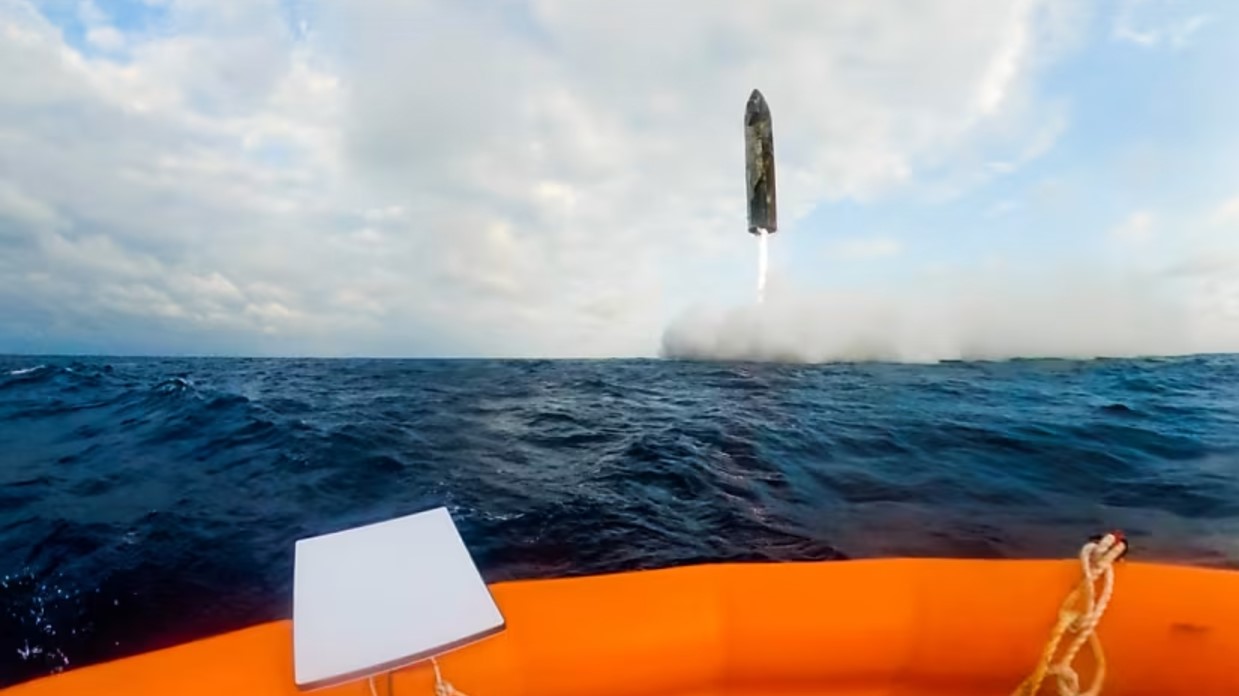The Indian Space Research Organisation (ISRO) has signed a two-launch contract with Arianespace for the launch of two of its communications satellites: GSAT-30 and GSAT-31 with GSAT-30 to fly first probably in Q4 2018.
GSAT-31 will be based on an enhanced I-2K platform, to be stationed in geostationary orbit at a longitude of 48 degrees East. It will weigh 2,500 to 2,600 kg. at launch. Providing communications to India, it will replace Insat 4CR, whose end of life is soon expected.
As for GSAT-30, it will be based on an I-3K platform, will weigh 3,450 kg. at launch and ensure continuity of service for INSAT 4A, positioned at 83 degees East longitude. It will provide high-quality television, telecommunications and broadcasting services.
In a separate development, on 10 September, Arianespace announced the formal launch services contract signature with the French space agency CNES for the launch of CSO-3 satellite on the Ariane 6 (A62 version) – from the Guiana Space Center. This option already was included in the previously-signed launch contract for the CSO-1 and CSO-2 satellites on missions using the Soyuz launcher, and a Franco-German agreement to proceed with the launch was made in June.
The CSO (Composante Spatiale Optique) is a very-high-resolution satellite system comprising several new-generation optical detection satellites. It is a follow-on to the current Helios II system, and will ensure the continuity of French intelligence based on very-high-definition images, while also improving detection capabilities.
The CSO system is being developed within the scope of MUSIS (Multinational Space-based Imaging System), a program conducted by the DGA (Direction Générale de l’Armement), which chose CNES as contracting authority to procure the satellites and launch services. The German government has contributed nearly half the cost of the third CSO satellite in order to receive access to 20 per cent of the data from the entire network.
CNES also is prime contractor for the mission control and programming center, along with the satellites’ orbital positioning and routine operations, while the DGA is in charge of supplying the ground segment. CNES and the DGA are working as an integrated team in overseeing system integration.
CNES chose Airbus Defence and Space to build the satellites, with Thales Alenia Space producing the optical imaging instruments.







